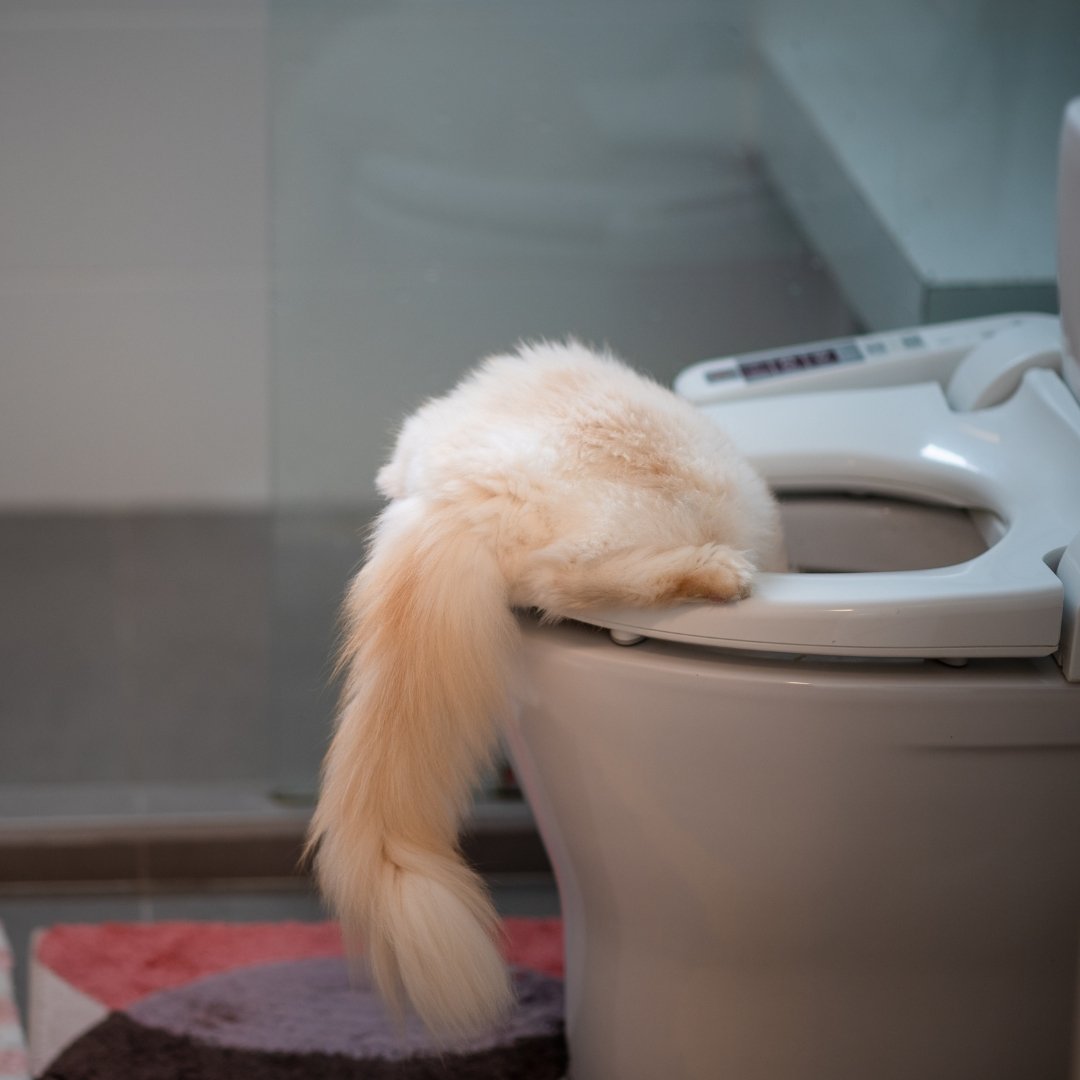Potential Risks of Flushing Cat Poop Down Your Toilet - Tips for Better Disposal
Potential Risks of Flushing Cat Poop Down Your Toilet - Tips for Better Disposal
Blog Article
We've unearthed this article involving Don’t flush cat feces down the toilet directly below on the net and figured it made good sense to talk about it with you in this article.

Introduction
As pet cat owners, it's vital to be mindful of how we throw away our feline pals' waste. While it might seem hassle-free to flush feline poop down the toilet, this method can have detrimental repercussions for both the environment and human health and wellness.
Environmental Impact
Purging pet cat poop introduces unsafe virus and parasites right into the supply of water, posturing a considerable risk to water ecological communities. These pollutants can adversely impact marine life and concession water high quality.
Wellness Risks
In addition to ecological concerns, purging pet cat waste can likewise present health risks to people. Cat feces may consist of Toxoplasma gondii, a parasite that can trigger toxoplasmosis-- a potentially serious ailment, particularly for expecting females and people with weakened immune systems.
Alternatives to Flushing
Luckily, there are more secure and much more accountable means to get rid of pet cat poop. Consider the complying with options:
1. Scoop and Dispose in Trash
The most usual method of taking care of cat poop is to scoop it right into a biodegradable bag and toss it in the trash. Make sure to make use of a dedicated litter inside story and throw away the waste promptly.
2. Use Biodegradable Litter
Opt for biodegradable feline clutter made from materials such as corn or wheat. These litters are environmentally friendly and can be securely disposed of in the trash.
3. Bury in the Yard
If you have a lawn, think about hiding feline waste in an assigned area away from vegetable yards and water sources. Make certain to dig deep adequate to stop contamination of groundwater.
4. Mount a Pet Waste Disposal System
Purchase a family pet garbage disposal system particularly created for feline waste. These systems use enzymes to break down the waste, reducing odor and ecological influence.
Conclusion
Liable family pet ownership extends past supplying food and shelter-- it likewise involves proper waste monitoring. By avoiding flushing pet cat poop down the bathroom and going with different disposal approaches, we can lessen our ecological impact and safeguard human health.
Why Can’t I Flush Cat Poop?
It Spreads a Parasite
Cats are frequently infected with a parasite called toxoplasma gondii. The parasite causes an infection called toxoplasmosis. It is usually harmless to cats. The parasite only uses cat poop as a host for its eggs. Otherwise, the cat’s immune system usually keeps the infection at low enough levels to maintain its own health. But it does not stop the develop of eggs. These eggs are tiny and surprisingly tough. They may survive for a year before they begin to grow. But that’s the problem.
Our wastewater system is not designed to deal with toxoplasmosis eggs. Instead, most eggs will flush from your toilet into sewers and wastewater management plants. After the sewage is treated for many other harmful things in it, it is typically released into local rivers, lakes, or oceans. Here, the toxoplasmosis eggs can find new hosts, including starfish, crabs, otters, and many other wildlife. For many, this is a significant risk to their health. Toxoplasmosis can also end up infecting water sources that are important for agriculture, which means our deer, pigs, and sheep can get infected too.
Is There Risk to Humans?
There can be a risk to human life from flushing cat poop down the toilet. If you do so, the parasites from your cat’s poop can end up in shellfish, game animals, or livestock. If this meat is then served raw or undercooked, the people who eat it can get sick.
In fact, according to the CDC, 40 million people in the United States are infected with toxoplasma gondii. They get it from exposure to infected seafood, or from some kind of cat poop contamination, like drinking from a stream that is contaminated or touching anything that has come into contact with cat poop. That includes just cleaning a cat litter box.
Most people who get infected with these parasites will not develop any symptoms. However, for pregnant women or for those with compromised immune systems, the parasite can cause severe health problems.
How to Handle Cat Poop
The best way to handle cat poop is actually to clean the box more often. The eggs that the parasite sheds will not become active until one to five days after the cat poops. That means that if you clean daily, you’re much less likely to come into direct contact with infectious eggs.
That said, always dispose of cat poop in the garbage and not down the toilet. Wash your hands before and after you clean the litter box, and bring the bag of poop right outside to your garbage bins.
https://trenchlesssolutionsusa.com/why-cant-i-flush-cat-poop/

I was made aware of that article about Don’t flush cat feces down the toilet from an acquaintance on a different domain. Sharing is caring. Helping people is fun. Bless you for your time. Kindly come by our website back soon.
Book-Now Report this page